Despite some differences, the 49th ASEAN Foreign Ministers’ Meeting (AMM 49) finally issued a joint communiqué that affirmed the bloc’s stance on major issues, including the East Sea.
The 49th ASEAN Foreign Ministers’ Meeting (AMM 49) and related meetings took place in Vientiane, Laos from July 24-26, 2016. It was an important political event of the bloc right after the Permanent Court of Arbitration (PCA)’s ruling on the Philippines case against China’s nine-dash line claims of historical rights in the East Sea. Therefore, the East Sea issue became a hot topic at the meeting and drew much concern from the international community.
At the meeting, the countries continued to express concern over the recent complicated developments in the East Sea, including construction and militarisation. They emphasised that maintaining peace, security, stability, safety and freedom of navigation and aviation on the East Sea was a mutual benefit and the responsibility of the nations. They reiterated their consistent stance on the peaceful settlement of disputes in line with international law, including the 1982 United Nations Convention on the Law of the Sea (UNCLOS). They called for self-restraint from the use or threat to use force, non-militarisation, preventing actions that complicate the situation and increase tension, towards achieving practical progresses in the implementation of the DOC and the building of the COC in the East Sea. Some mentioned the arbitration procedures established in Appendix VII of the 1982 United Nations Convention on the Law of the Sea.
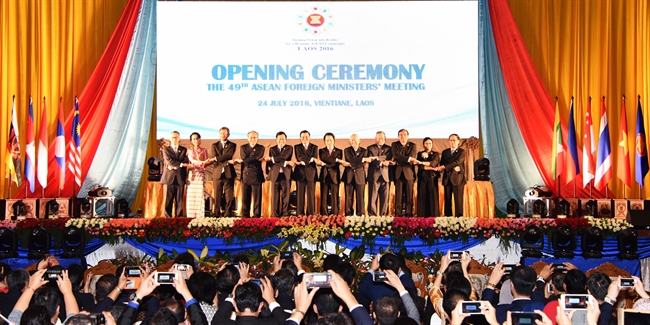 The opening ceremony of the 49th ASEAN Foreign Ministers’ Meeting in Vientiane, Laos. Photo: AFP/VNA
The opening ceremony of the 49th ASEAN Foreign Ministers’ Meeting in Vientiane, Laos. Photo: AFP/VNA
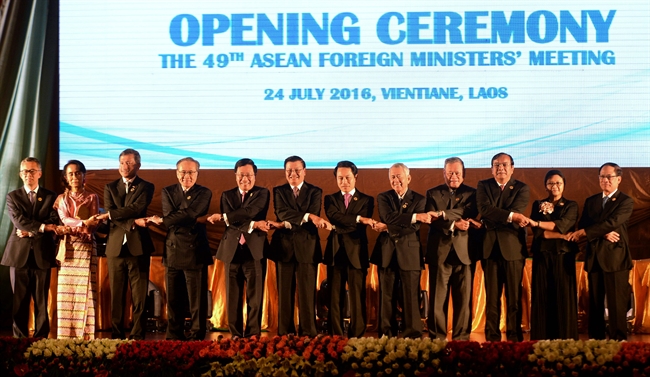
Heads of delegations pose for a photo at the opening ceremony of AMM 49. Photo: AFP/VNA
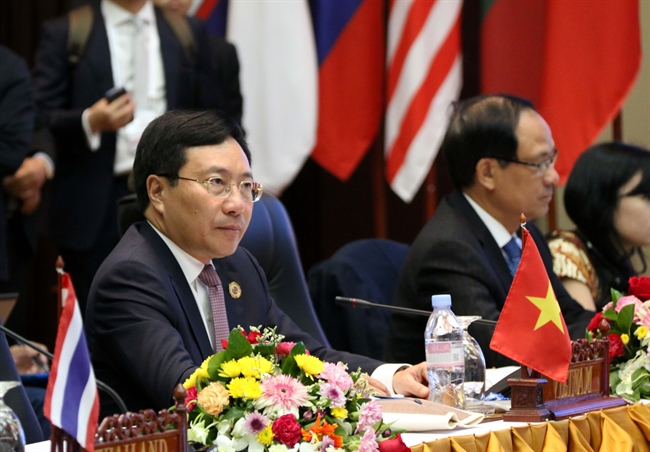
Deputy Prime Minister/Foreign Minister Pham Binh Minh leads the Vietnamese delegation to attend the meeting. Photo: Pham Kien/VNA
Despite having difficulties, AMM 49 finally issued the joint communiqué. Its content mentioned the East Sea issue and took note of the concerns expressed by some ministers on the land reclamations and escalation of activities in the area, which have eroded trust and confidence, increased tensions and may undermine peace, security and stability in the region.
The joint communiqué also affirmed the importance of maintaining and promoting peace, security, stability, safety and freedom of navigation and aviation in the East Sea and reaffirmed the importance of strengthening mutual trust and self-restraint in all activities that could further complicate the situation in the East Sea, and pursuing peaceful measures for disputes based on international law, including the 1982 United Nations Convention on the Law of the Sea.
It also underlined the importance of non-militarisation and self-restraint in the conduct of all activities, including land reclamation that could further complicate the situation and escalate tensions in the East Sea.
The communiqué also underscored the importance of the full and effective implementation of the DOC in its entirety, and while noting the momentum and new phase of consultations, urged all parties to work expeditiously for the early adoption of an effective COC; including fostering regular meetings of ASEAN and Chinese officials, and a joint working group of DOC implementation.
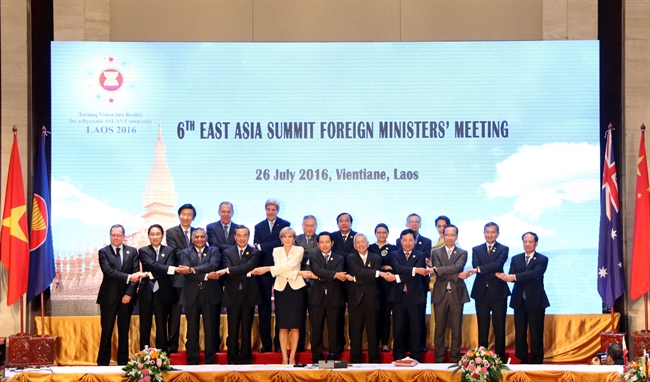 The 6th East Asia Summit Foreign Ministers’ Meeting (EAS 6). Photo: Pham Kien/VNA
The 6th East Asia Summit Foreign Ministers’ Meeting (EAS 6). Photo: Pham Kien/VNA
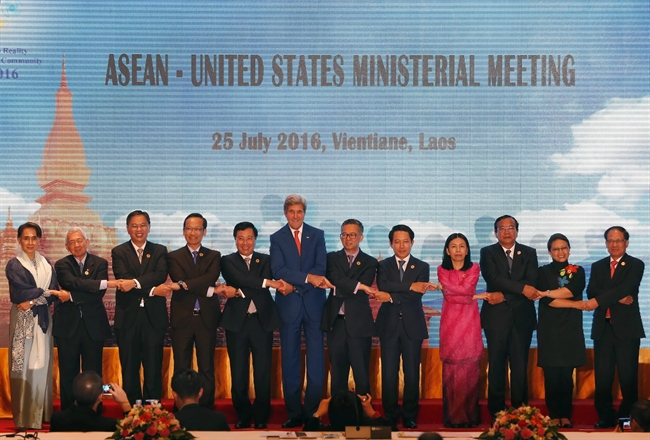
The ASEAN – United States Ministerial Meeting. Photo: EPA/VNA
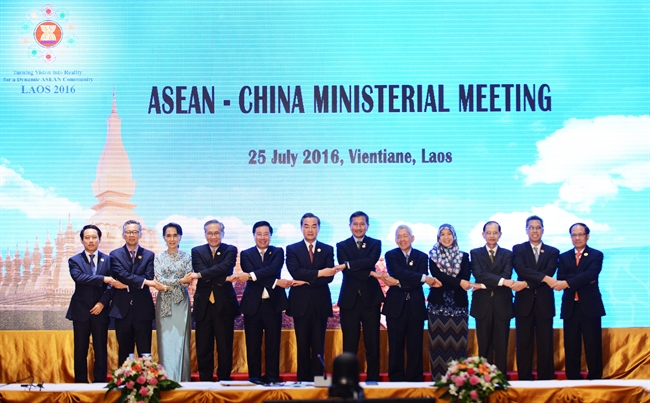
The ASEAN – China Ministerial Meeting. Photo: Xinhua/VNA
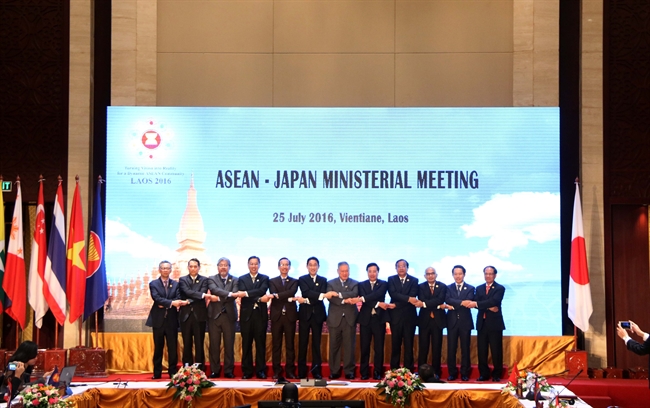
The ASEAN – Japan Ministerial Meeting. Photo: Pham Kien/VNA
Sharing his point of view on the issue, Vietnamese Deputy Foreign Minister Le Hoai Trung said that in spite of their differences, the 49th ASEAN Foreign Ministers’ Meeting issued a joint communiqué, which confirmed the group’s stance on major matters, including the East Sea issue. The issuance showed that the countries are aware of the benefits of cooperation within ASEAN, as well as the need to join hands to promote the bloc’s central role and strengthen solidarity at meetings.
The AMM 49’s joint communiqué contributed to the success of the meeting with many other important elements, including the significant efforts and contributions of Laos who undertook 2016 ASEAN chairmanship.
By VNA/VNP